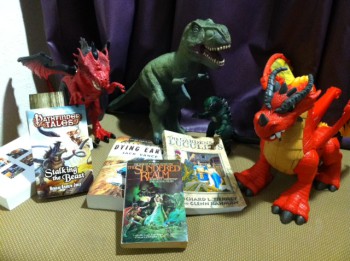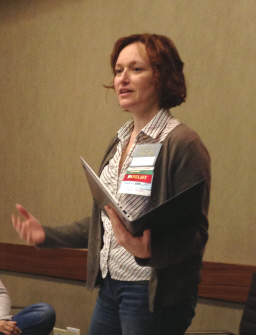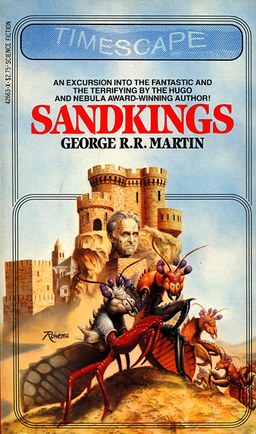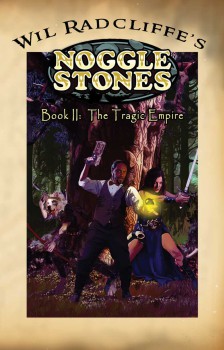 Well, I survived the Spring Auction at Games Plus.
Well, I survived the Spring Auction at Games Plus.
Not just survived, but triumphed. I brought home a fabulous assortment of treasures old and new, including classic titles from Task Force Games, Metagaming, Avalon Hill, FASA, and dozens of others. Overall, I carted home four boxes of games.
Not a bad haul, I happily told Alice. She wasn’t quite as happy as I was. Not only did I go a bit over budget (say, by about three boxes), but I have nowhere to put them. So much negativity and just when I finished crushing my enemies and driving them before me.
Well, I’ll worry about all that later. Right now, I’m enjoying my sweet gaming loot. In the boxes somewhere are copies of Talisman (3rd Edition), TSR’s Top Secret, several Earthdawn supplements, assorted expansions for Fantasy Flight’s Descent, Smallworld, Cutthroat Caverns, and lots more. I even found a reasonably priced copy of Earth Reborn — how lucky was that?
Always a delight to find some items on my want list. But at the moment I’m most intrigued with the surprises — the games I didn’t even know existed until they showed up on the auction block. They include a gorgeous pair of deck building games from Privateer Press, both called High Command for some reason (Hordes: High Command and Warmachine: High Command. Why? Who knows), and the oddity at left: Starship Merchants. One copy came up for auction, and that cover art spoke to me. It said, Take me home. And I said, Yes sir. Ten bucks later, it was mine. Looks like a neato game, too.
Did you know about this game? I didn’t. According to Board Game Geek, Starship Merchants was designed by Joe Huber and Thomas Lehmann, and published by Toy Vault in 2012. New copies retail for $34.99; I bought a slightly used copy in beautiful shape for 10 bucks.
When I have a few minutes, I’ll arrange some of the more interesting titles I brought home in a big pile and take some pics for posterity (like I did last year, the year before, and Spring 2012). But first, I’ll report here on the best surprises. Stay tuned.
 Okay, we’ve got a boat. We’ve got a team. We’ve got a team leader. We’ve got a mission. So off we go! Straight to the…
Okay, we’ve got a boat. We’ve got a team. We’ve got a team leader. We’ve got a mission. So off we go! Straight to the…







